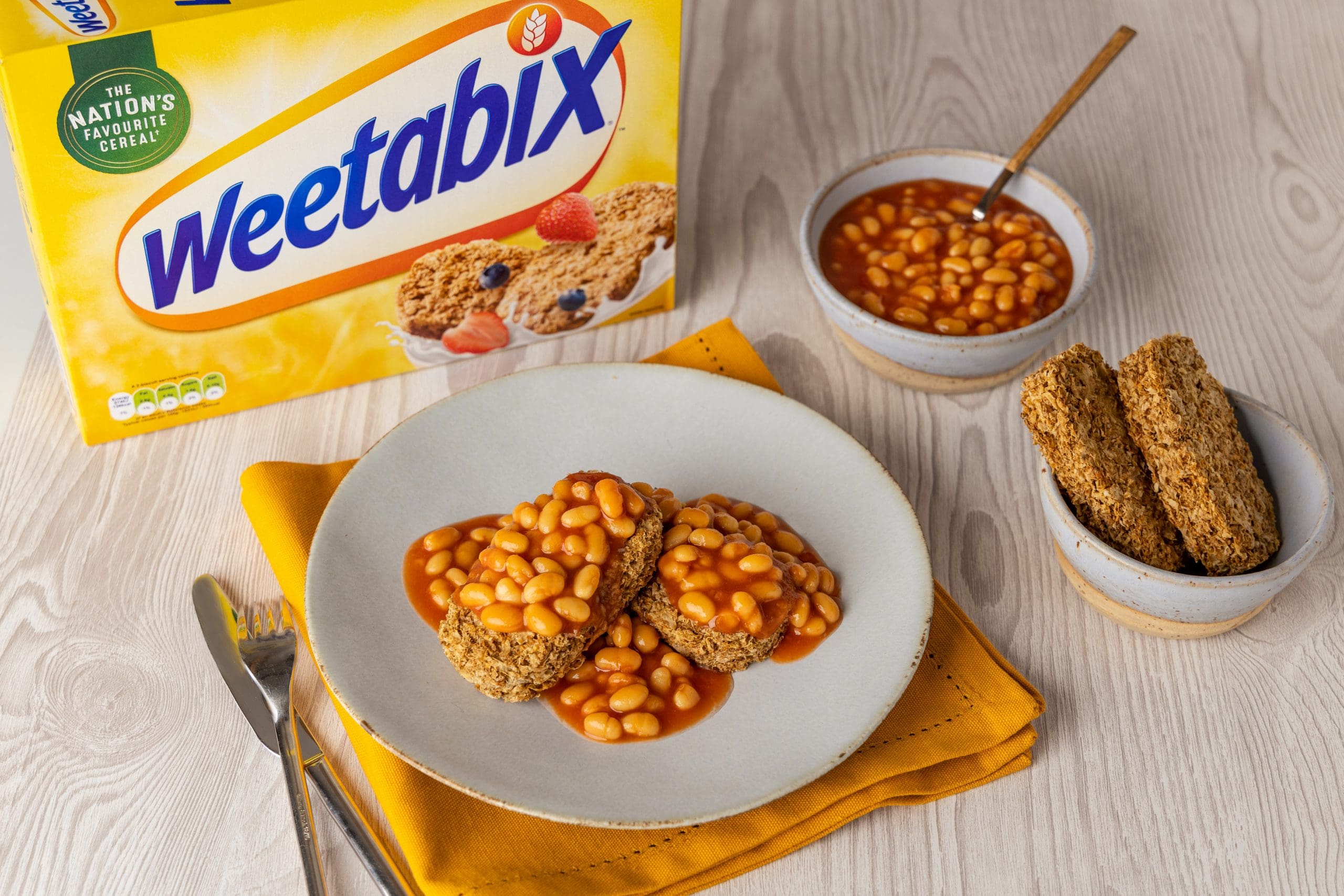The UK’s number one breakfast cereal, Weetabix, saw a surge in sales of their Weetabix Original cereal after a social media post went viral recently.
The post featured baked beans on Weetabix, which sparked conversation and debate nationwide over the recipe, with the tweet generating over one billion views worldwide.
Gareth Turner, Head of Brand at Weetabix Food Company, said:
“We certainly didn’t imagine we’d get such a big response on social media and it was fantastic to be the number one trending topic in the UK. The post was part of our wider campaign to encourage people to eat their Weetabix in different ways, although this is one of the more unusual combinations that seems to have got people talking.”
Having a piece of content go viral is the dream of every marketer. The thought of having thousands or even millions of people viewing your content is astounding, and it can take your brand to new heights.
Although viral messages and content vary widely from company to company, most campaigns share three distinct elements. Marketers should keep this in mind when assessing whether a campaign has the potential to generate serious buzz. Weetabix followed all the below to a tee.
They’re organic: Viral campaigns simply can’t be forced. In the case of any trend, it is ultimately decided by the audience whether or not something is shared. Content spreads organically. That’s how viral marketing works. Often, it’s about being in the right place at the right time (or rather, saying the right thing at the right time). You can’t really explain crazes like the ‘Does pineapple belong on pizza?’ debate, or certain information that draws the attention of the nation, or even the world – as Weetabix did.
They’re timely: In short, trends come and go. Although viral marketing campaigns have the potential to make an impression on customers or the public as a whole, people have relatively short attention spans for these types of hot topics and trends. By the time one trend blows up, we’re often looking for the next craze. Brands should be wary of trying to repeat another viral campaign or exhaust a popular trend. Just because something’s hot now doesn’t mean it’ll have staying power for years to come. It’s the reason why brands aren’t still parodying Gangnam Style. Although jumping on a trend quickly can be a great marketing move. Prominent brands like Dominoes, Amazon, YouTube, Tinder and Google jumped on the Weetabix trend swiftly to ensure their responses were timely and relevant. Similarly, Weetabix were quick to reply with witty responses to keep the content trending and spreading to an even wider audience.
They’re bold: bear in mind there’s an inherent risk involved with viral marketing campaigns and tactics. Going viral means doing something that grabs the attention of the public. That doesn’t happen by accident, nor does it happen by playing it safe. Not all viral marketing campaigns are controversial, but they tend to be out of the norm, like the Heinz and Weetabix post, which catches people’s attention with something outrageous.
And with that, we uncover the enormous potential downside of viral marketing: going viral for the wrong reasons, which is a whole other story.
Whether your business rode the wave of the Weetabix post or you’re hoping to go viral with your own content, our advice is… Don’t force it, move quickly and be outrageous!












